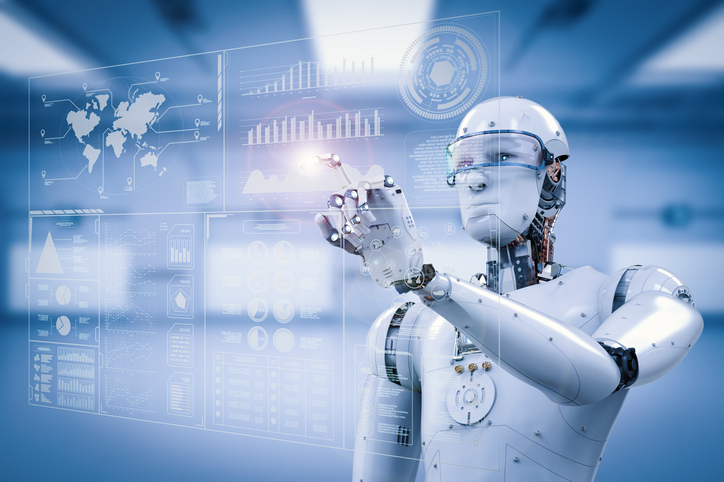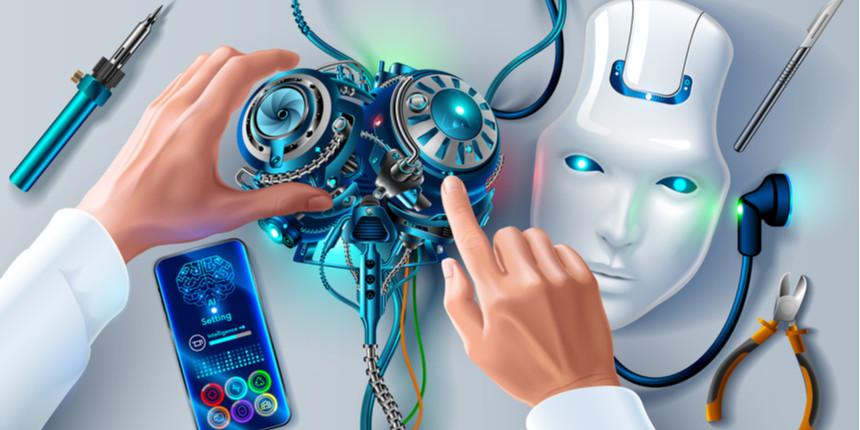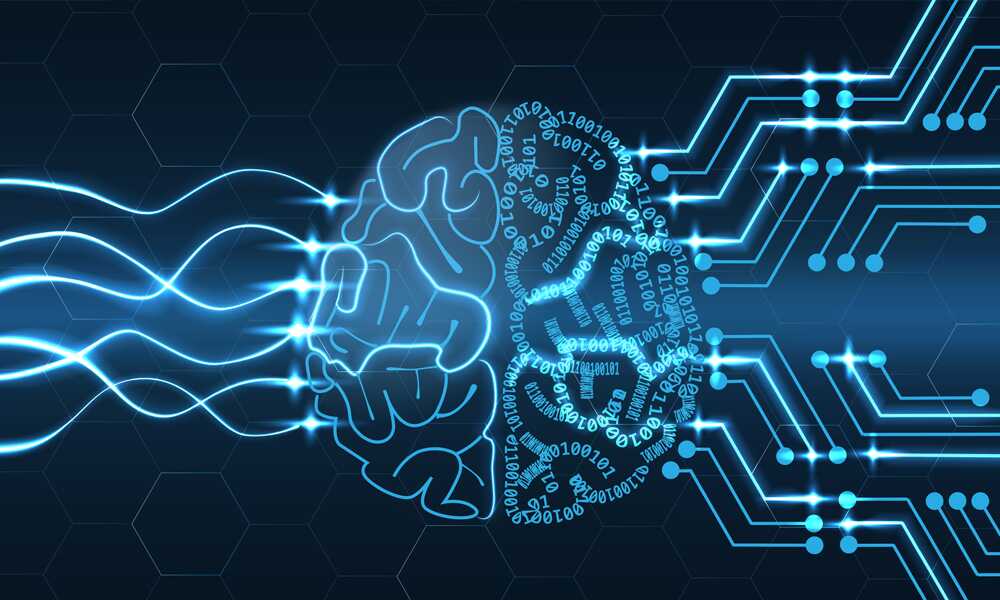
The Future of Robotics
What comes to mind when you hear the word “robot”? Do you picture a metallic humanoid in a spaceship in the distant future? Perhaps you imagine a dystopian future where humanity is enslaved by its robot overlords. Or maybe you think of an automobile assembly line with robot-like machines putting cars together.
Whatever you think, one thing is sure: robots are here to stay. Fortunately, it seems likely that robots will be more about doing repetitive or dangerous tasks than seizing supreme executive power. Let’s look at robotics, defining and classifying the term, figuring out the role of Artificial Intelligence in the field, The Future of Robotics, and how robotics will change our lives.
The Early History of robotics
The term robotics is an extension of the word robot. One of its first uses came from Czech writer Karel Čapek, who used the word in his play, Rossum’s Universal Robots, in 1920.
However, it is science fiction author Isaac Asimov who has been given credit for being the first person to use the term in the 1940s by Oxford English Dictionary.
In Asimov’s story, he suggested three principles to guide the behavior of autonomous robots and smart machines.
Asimov’s Three Laws of Robotics have survived to the present:
- Robots must never harm human beings.
- Robots must follow instructions from humans without violating rule 1.
- Robots must protect themselves without violating other rules.

Types of Robotics
Mechanical bots come in all shapes and sizes to efficiently carry out the task for which they are designed. All robots vary in design, functionality and degree of autonomy. From the 0.2 millimeter-long “RoboBee” to the 200 meter-long robotic shipping vessel “Vindskip,” robots are emerging to carry out tasks that humans simply can’t.
There are five distinct types of robots that perform tasks depending on their capabilities. Below is an outline of these types and what they do.
Pre-Programmed Robots
Pre-programmed robots operate in a controlled environment where they do simple, monotonous tasks. An example of a pre-programmed robot would be a mechanical arm on an automotive assembly line. The arm serves one function — to weld a door on, to insert a certain part into the engine, etc. — and its job is to perform that task longer, faster and more efficiently than a human.
Humanoid Robots
Humanoid robots are robots that look like or mimic human behavior. These robots usually perform human-like activities (like running, jumping and carrying objects), and are sometimes designed to look like us, even having human faces and expressions. Two of the most prominent examples of humanoid robots are Hanson Robotics’ Sophia and Boston Dynamics’ Atlas.
Autonomous Robots
Autonomous robots operate independently of human operators. These robots are usually designed to carry out tasks in open environments that do not require human supervision. They are quite unique because they use sensors to perceive the world around them, and then employ decision-making structures (usually a computer) to take the optimal next step based on their data and mission. One example of an autonomous robot is the Roomba vacuum cleaner, which uses sensors to roam freely throughout a home.
Teleoperated Robots
Teleoperated robots are semi-autonomous bots that use a wireless network to enable human control from a safe distance. These robots usually work in extreme geographical conditions, weather and circumstances. Examples of teleoperated robots are the human-controlled submarines used to fix underwater pipe leaks during the BP oil spill or drones used to detect landmines on a battlefield.
Augmenting Robots
Augmenting robots, also known as VR robots, either enhance current human capabilities or replace the capabilities a human may have lost. The field of robotics for human augmentation is a field where science fiction could become reality very soon, with bots that have the ability to redefine the definition of humanity by making humans faster and stronger. Some examples of current augmenting robots are robotic prosthetic limbs or exoskeletons used to lift hefty weights.

More read: Top trending AI Website that will excite you to the Core
Advantages and Disadvantages of Robots
Like any innovation today, robots have their Advantages and Disadvantages. Here’s a breakdown of the good and bad about robots and the future of robotics.
Advantages of Robots
- They work in hazardous environments: Why risk human lives when you can send a robot in to do the job? Consider how preferable it is to have a robot fighting a fire or working on a nuclear reactor core.
- They’re cost-effective: Robots don’t take sick days or coffee breaks, nor need perks like life insurance, paid time off, or healthcare offerings like dental and vision.
- They increase productivity: Robots are wired to perform repetitive tasks ad infinitum; the human brain is not. Industries use robots to accomplish the tedious, redundant work, freeing employees to tackle more challenging tasks and even learn new skills.
- They offer better quality assurance: Vigilance decrement is a lapse in concentration that hits workers who repeatedly perform the same functions. As the human’s concentration level drops, the likelihood of errors, poor results, or even accidents increases. Robots perform repetitive tasks flawlessly without having their performance slip due to boredom.
Disadvantages of Robots
- They incur deep startup costs: Robot implementation is an investment risk, and it costs a lot. Although most manufacturers eventually see a recoup of their investment over the long run, it’s expensive in the short term. However, this is a common obstacle in new technological implementation, like setting up a wireless network or performing cloud migration.
- They might take away jobs: Yes, some people have been replaced by robots in certain situations, like assembly lines, for instance. Whenever the business sector incorporates game-changing technology, some jobs become casualties. However, this disadvantage might be overstated because robot implementation typically creates a greater demand for people to support the technology, which brings up the final disadvantage.
- They require companies to hire skilled support staff: This drawback is good news for potential employees, but bad news for thrifty-minded companies. Robots require programmers, operators, and repair personnel. While job seekers may rejoice, the prospect of having to recruit professionals (and pay professional-level salaries!) may serve as an impediment to implementing robots.

The Future of Robotics and Robots
Thanks to improved sensor technology and more remarkable advances in Machine Learning and Artificial Intelligence, robots will keep moving from mere rote machines to collaborators with cognitive functions. These advances, and other associated fields, are enjoying an upwards trajectory, and robotics will significantly benefit from these strides.
We can expect to see more significant numbers of increasingly sophisticated robots incorporated into more areas of life, working with humans. Contrary to dystopian-minded prophets of doom, these improved robots will not replace workers. Industries rise and fall, and some become obsolete in the face of new technologies, bringing new opportunities for employment and education.
That’s the case with robots. Perhaps there will be fewer human workers welding automobile frames, but there will be a greater need for skilled technicians to program, maintain, and repair the machines. In many cases, this means that employees could receive valuable in-house training and upskilling, giving them a set of skills that could apply to robot programming and maintenance and other fields and industries.
